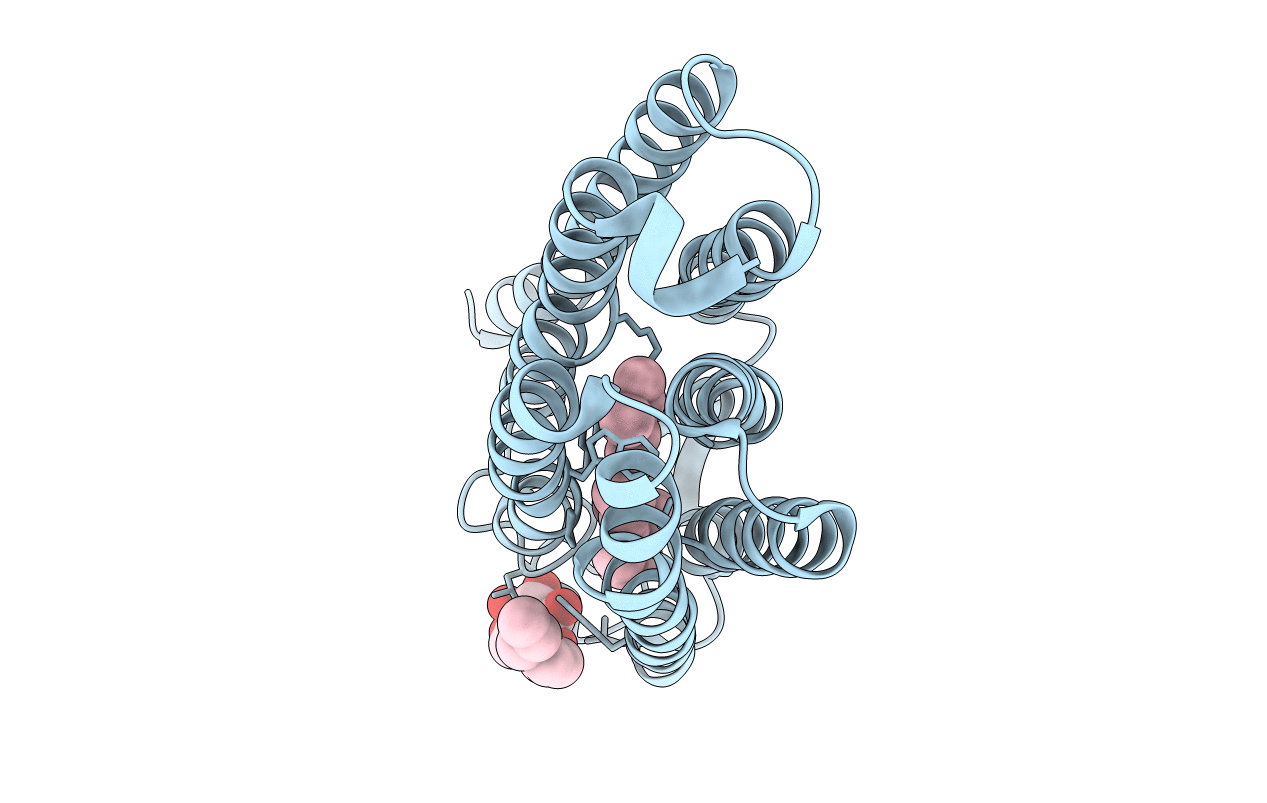
Deposition Date
2016-04-20
Release Date
2016-08-31
Last Version Date
2024-10-09
Entry Detail
PDB ID:
5G36
Keywords:
Title:
Yellow form of Halorhodopsin from Halobacterium salinarum in a new rhombohedral crystal form
Biological Source:
Source Organism:
HALOBACTERIUM SALINARUM (Taxon ID: 2242)
Host Organism:
Method Details:
Experimental Method:
Resolution:
2.60 Å
R-Value Free:
0.25
R-Value Work:
0.19
R-Value Observed:
0.19
Space Group:
H 3 2


